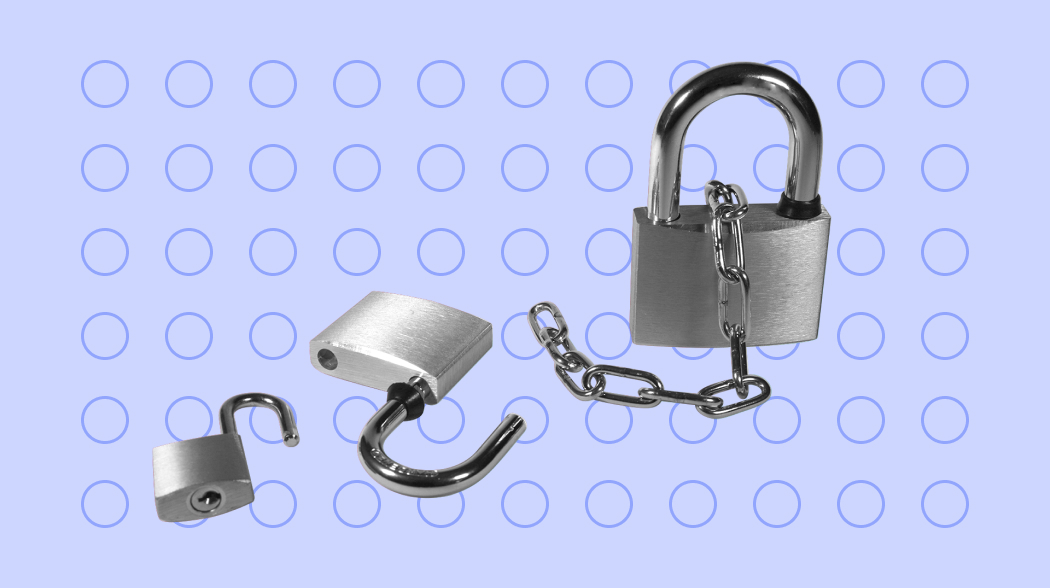The rapid technological changes of the past decades combined with increasing global competition have led companies to adopt new digital solutions to remain competitive and to ensure data security and network integrity against cyber attacks.
The acceleration of digital transformation, which increased dramatically during the years of the pandemic, has amplified companies’ vulnerability to cyber attacks and fraud.
These last few years have shaped the way work is done, making remote and hybrid working increasingly common for companies around the world.
The generalized shift to remote work and schooling after the onset of the pandemic in 2020 has expanded the risks for and threats to corporate data. Cyber Security has therefore become an indispensable requirement that can no longer be ignored.
A large percentage of the cyber security risk also stems from internal threats, often the result of employee negligence or ignorance, or people’s general susceptibility to social engineering attacks (i.e. threats that exploit human weaknesses).
One of the biggest risks companies face today is the ransomware attack, which uses malware to encrypt all of a company’s files, blocking access to them after which the hackers demand a ransom for the decryption key for the files.
Cyber security for supply chains
For medium and large companies, the risk of extortion by ransomware also affects their business partners.
A ransomware attack can also take the form of a triple extortion.
If attackers fail to successfully attack one company to obtain a ransom, they can turn their attention to targeting its business partners.
A company’s possession of sensitive data or the possibility of disrupting a supply chain are strong incentives for the criminals that carry out cyber attacks. Furthermore supply chains have many blind or weak spots that attackers can take advantage of.
All these aspects of digital transformation have accentuated the need for new cyber strategies to increase cyber security.
How does the CFO assess the risks?
For these reasons many CFOs together with the head of IT and the CEO have regarded cybersecurity and data privacy as top strategic priorities for several years already.
- One of the first steps is to ensure that they have an early understanding of the security issues facing the company.
- Secondly, forming an idea of the level of attacks that may occur against the company can help the CFO ensure that the IT team is ready to protect the company’s data and systems.
- Knowing the latest industry-specific attack trends can help CFOs understand what investments the organization needs to make to protect itself and mitigate risks.
Investing in Cyber Security
What are the costs of not implementing cyber control?
It makes sense for CFOs to ask corporate security experts about the probability of a certain type of attack occurring.
If the potential financial losses and the associated opportunity costs are greater than the cost of preventing the attack, then it is worth investing in cyber security to prevent the risk of extortion.
The human element is also a critical weak link and CFOs should invest in training employees on how to identify and avoid social engineering approaches that make them victims of phishing, baiting, and other cyber attacks. Since the CFO is mainly responsible for the financial consequences of these attacks, they should ask themselves what needs to be done to improve awareness and education to mitigate these risks within the company.
Another step is to select a SaaS platform where the service provider is responsible for the security of the technology.
Rely on a secure and constantly up-to-date platform like Comply.



